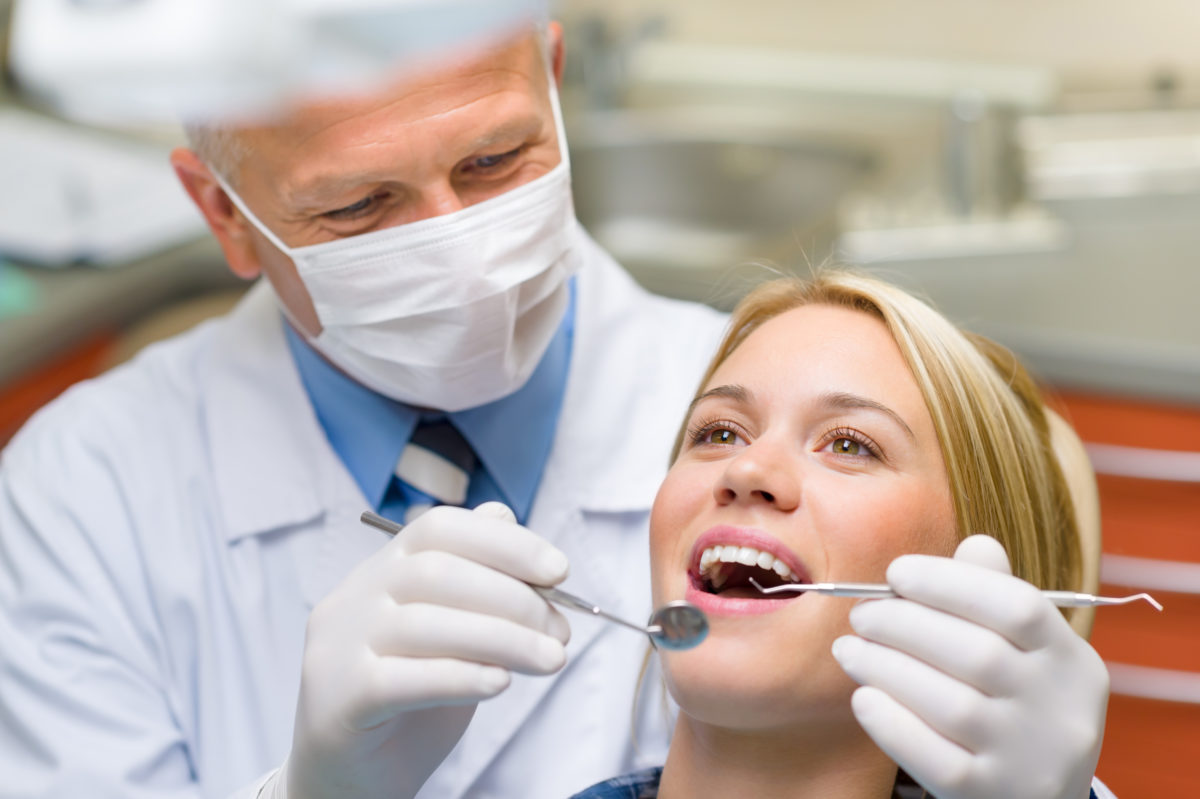The Ultimate Guide To Legacy Orthodontics
The Ultimate Guide To Legacy Orthodontics
Blog Article
Legacy Orthodontics Things To Know Before You Get This
Table of ContentsLegacy Orthodontics Fundamentals ExplainedThe Buzz on Legacy OrthodonticsThe 6-Second Trick For Legacy OrthodonticsLegacy Orthodontics Fundamentals ExplainedHow Legacy Orthodontics can Save You Time, Stress, and Money.
At Advanced Orthodontics, we provide clients with a holistic therapy experience. Additionally, we use adjustable therapy schedules, adaptable payment choices and a fun, enjoyable experience. leesburg clear braces. Call ( 480) 357-4900 today to learn more and timetable an appointment.An orthodontist is a dental expert educated to detect, prevent, and treat teeth and jaw abnormalities. Orthodontists function with people of all ages, from kids to grownups.
Malocclusion, or misaligned teeth, can lead to dental issues, including dental caries, gum illness, and tough or uncomfortable eating. Yet not every person is born with straight teeth. If you have a poor bite or huge rooms in between your teeth, you might wish to speak with a dental professional focusing on orthodontic care.
Unknown Facts About Legacy Orthodontics
( Photo Credit Score: DigitalVision/Getty Images) Orthodontists use dealt with and detachable dental tools, like dental braces, retainers, and bands, to transform the setting of teeth in your mouth. Orthodontic treatment is for dental abnormalities, consisting of: Crooked teethBite issues, like an overbite or an underbiteCrowded teeth or teeth that are too far apartJaw misalignmentThe goal of orthodontic therapy is to improve your bite.
A healthy and balanced bite guarantees you can eat, chew, and speak appropriately. While you might think about orthodontists as generally for children or teens who need braces, they can deal with oral issues at any type of age. Orthodontists attend university, dental college, and orthodontic institution. After graduation, they invest 2 or 3 years in an orthodontic residency program.
, however not all dental practitioners are orthodontists. They concentrate on two areas: Just how to correctly and securely relocate teeth Exactly how to correctly lead advancement in the teeth, jaw, and faceOnce an orthodontist has actually finished training, they have the choice to end up being board certified.
An Unbiased View of Legacy Orthodontics
Malocclusion leads to tooth congestion, a misshapen jaw, or uneven bite patterns. Malocclusion is usually treated with: Your orthodontist affixes metal, ceramic, or plastic square bonds to your teeth.
If you have only small malocclusion, you may have the ability to use clear dental braces, called aligners, as opposed to conventional braces (https://www.blogtalkradio.com/legacyortho). Some people need a headwear to assist relocate teeth into line with pressure from outside the mouth. After dental braces or aligners, you'll require to put on a retainer. A retainer is a custom tool that maintains your teeth in place.
They can produce additional space in the mouth without having to draw teeth. Orthodontists utilize cables, medical screws, or plates to support your jaw bone.
You may need to see an orthodontist if you have: Crowding or otherwise enough space for every one of your teethOverbite, when your upper teeth come over your bottom teethUnderbite, when your base teeth are as well far forwardSpacing or concerns with gapsCrossbite, which is when your upper teeth fit behind your bottom teeth this content when your mouth is closedOpen bite or a vertical gap between your front base and top teethMisplaced midline, when the center of your bottom and top teeth do not line up Fixing a dental malocclusion can: Make attacking, chewing, and talking easierImprove the balance of our face and your overall appearanceEase discomfort from temporomandibular joint disordersSeparate your teeth and make them simpler to clean, helping avoid dental cavity or tooth cavities It's typically a dental practitioner that initially notices misaligned teeth throughout a routine examination.
An Unbiased View of Legacy Orthodontics

During your first orthodontic examination, you'll likely have: An oral examPhotos taken of your face and smileDental X-raysPanoramic (360 degree) X-rays of your face and headImpressions to develop mold and mildews of your teethThese tests will certainly help your orthodontist recognize how to wage your therapy. clear braces. An orthodontist is a dentist that's had training to treat your teeth and jaw
Orthodontists may carry out surgical procedure, exams,X-rays,and even more to help you achieve an extra comfy, healthier smile. An orthodontist is concentrated on your bite, so something like a damaged tooth would be handled by a dentist. Orthodontists are dental practitioners but not all dental experts are orthodontists. Orthodontists are concentrated on your bite, or the way your teeth fit together, and the straightness of your teeth.
Ever questioned how stars always appear to have completely lined up teeth? The answer frequently hinges on the knowledgeable hands of an orthodontist. What specifically does an orthodontist do? Orthodontists are dental specialists that concentrate on fixing irregularities in the teeth and jaws. Their competence goes beyond just creating an attractive smile; it prolongs to enhancing your overall dental health and function.
Legacy Orthodontics - The Facts

While braces are the most frequently identified orthodontic therapy, orthodontists have a varied toolkit at their disposal. The details approach selected depends on the intensity of the situation, the patient's age, and private choices. These reliable dental braces make use of a system of braces bound to the teeth and connected by wires.
Clear aligners, like Invisalign, are a prominent option for people looking for a much more very discreet therapy choice. These detachable trays are custom-made to progressively move the teeth's placement. Headgear might be made use of along with dental braces or aligners to apply additional targeted forces, particularly for remedying jaw discrepancies. In cases of narrow jaws, palatal expanders can be used to produce room for appropriate tooth alignment.
Report this page